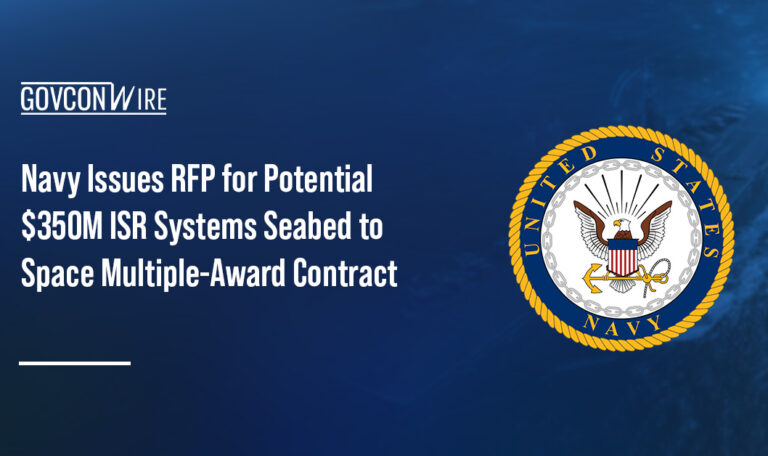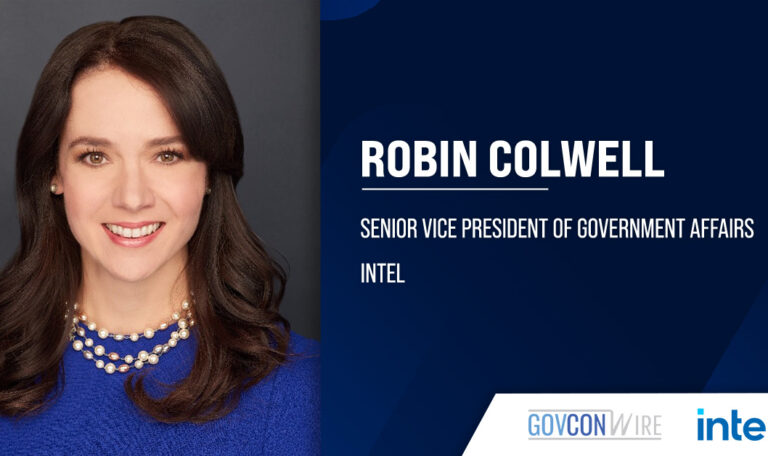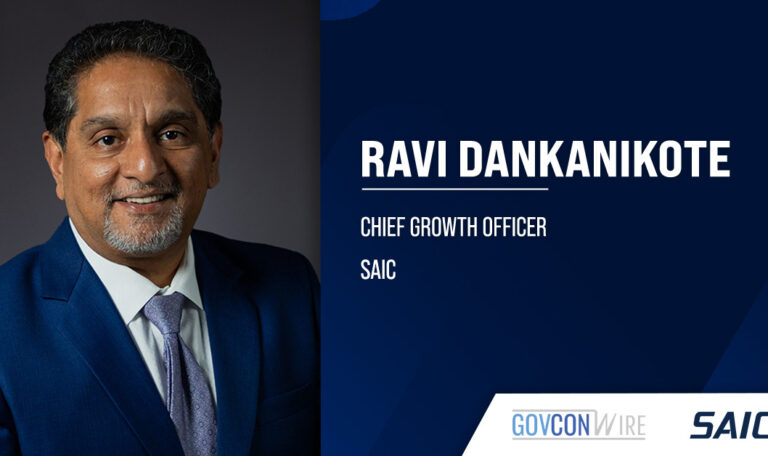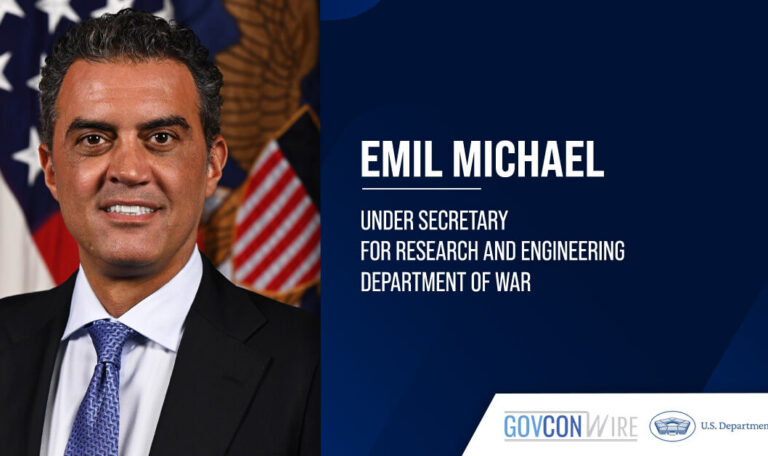Artificial intelligence is revolutionizing the digital world, but the U.S. government is still working to understand its role in military use cases.
This technology could have massive impacts on the Department of Defense’s Combined Joint All-Domain Command and Control initiative, which aims to enable joint warfighting by improving connectivity and data sharing between U.S. forces, allies and partners. Though many experts view AI as a game-changer in this effort, there are important steps that still need to be taken before its full potential is unleashed.
Before diving into the complexities of cutting-edge AI technologies, the DOD should focus on laying the groundwork, Ben McNeal, director of U.S. Air Force and Space Force strategy and sales at Red Hat, said during a panel discussion at the Potomac Officers Club’s Achieving Transformative Cooperation for National Defense Forum on Thursday.

While advanced generative AI tools offer a number of benefits, McNeal recommended that the DOD start with predictive analytics “as a key.” He explained that this event-driven method of analysis allows organizations to look at what data they already have and can serve as a “fundamental point” of delivering AI technologies.
“When it comes to AI, just because you can, doesn’t mean you should,” said U.S. Central Command Chief Technology Officer Schuyler Moore, echoing his thoughts.
Moore, a 2024 Wash100 Award winner, pointed out that AI is not a common solution for every data problem, but “is exceptional in surfacing meaningful information out of vast amounts of data that humans simply could not sift through.”
In a CJADC2 context, AI’s specialty is “being able to surface the data that is most critical to be able to move from one network to another at a very tactical level.”
Though CJADC2 covers a wide range of partners, Heather Meyer, assistant director for administration at the Defense Security Cooperation Agency, noted that the DOD still has its own data silos to break down.
Meyer’s organization is currently working on the development of integrated platforms with the intention of unifying and making sense of 25 different data systems. She said that AI “can really have a great application” in this process.

Despite the current challenges in AI adoption, “we really don’t have a choice,” said Paul Nicholson, executive director of coalition communications for the U.S. Indo-Pacific Command.
He emphasized that digital methods of warfighting “are changing in such a way that in order to execute and prosecute the number of parties it takes in a pacing threat, we have to have a significantly more automated battlefield.”
What AI can do currently, he said, is make these situations less complicated.
Join the Potomac Officers Club at our next event, the 5th Annual AI Summit on March 21, to hear even more perspectives on the future of AI in the federal government. Discussion topics will include AI policy and ethics, generative AI, public-private collaboration and more. To learn more and register to attend the event, click here.
















